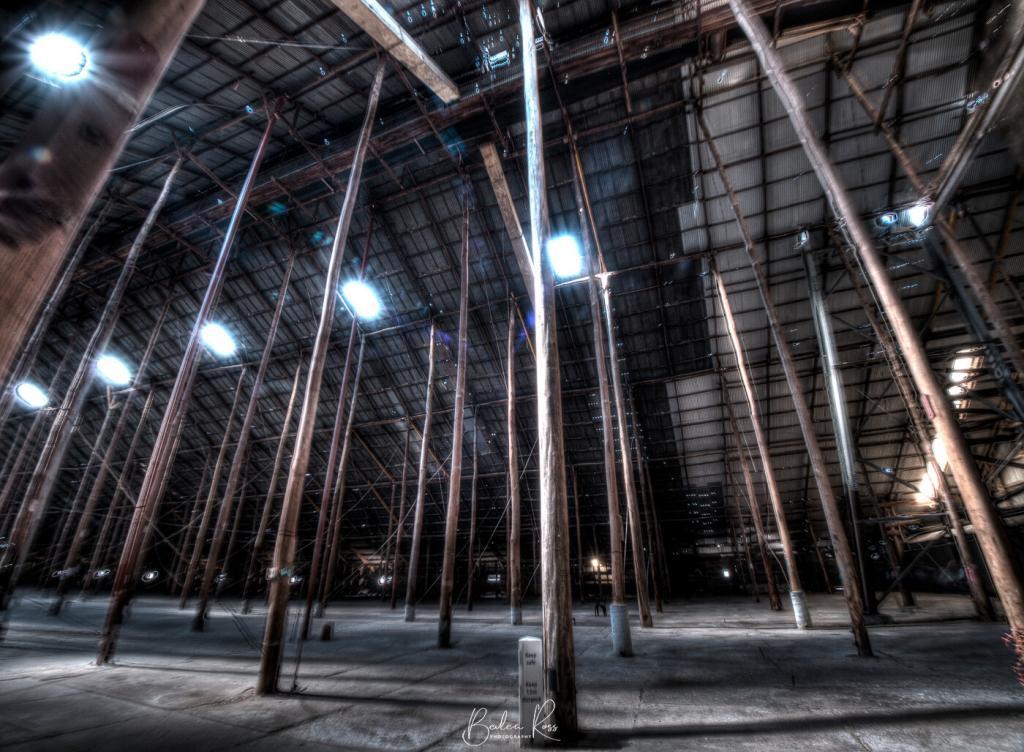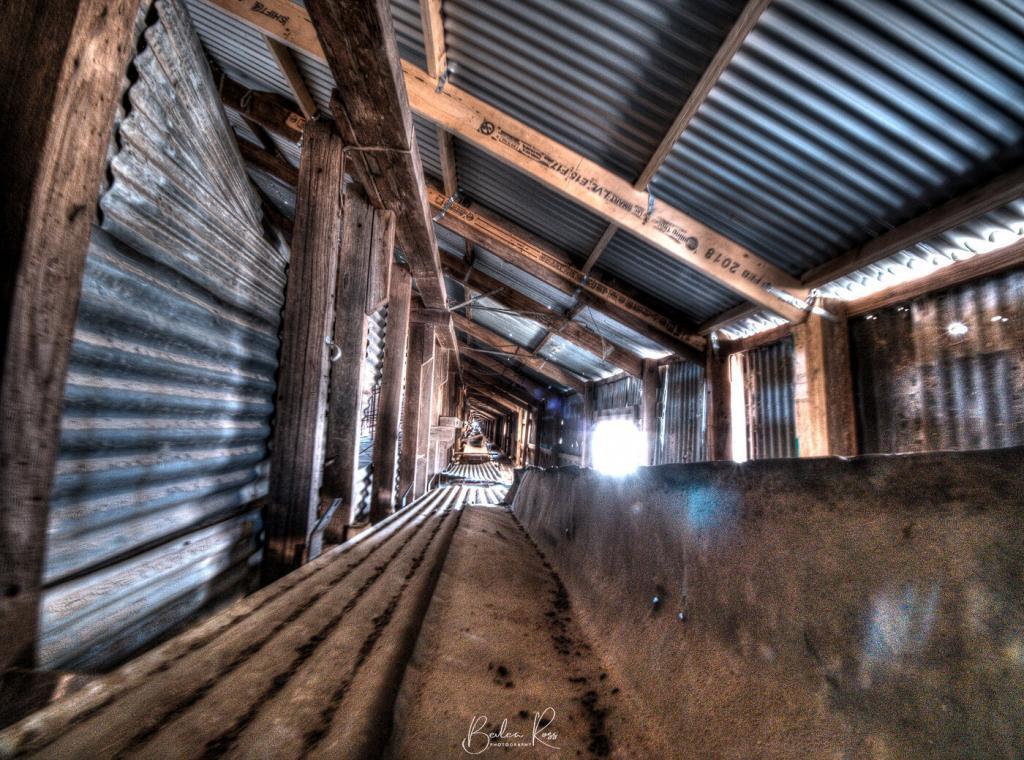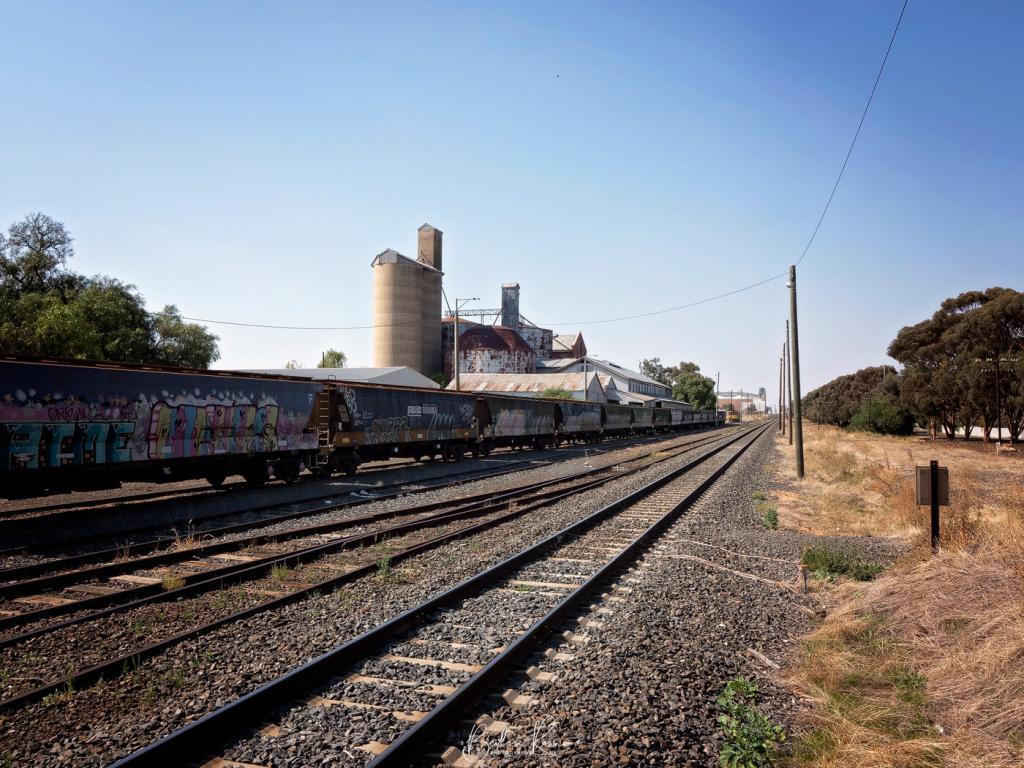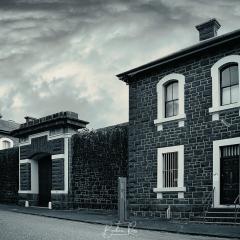The Murtoa Stick Shed – Unique and Dramatic
Previously known as the Murtoa No.1 grain store – the Murtoa stick shed is the only remaining emergency store built during WW2. The Murtoa stick shed is listed in the 101st place on the National Heritage List. The shed is an iconic and enduring testament to the Australian bush’s ingenuity and a reminder of the strength of the Australian wheat industry.

The building was listed on the Australian National Heritage List in 2014, recognising its place “as a significant part of Australia’s history associated with Australia’s wheat industry and the impact of World War Two on the home front”
Wikipedia
Wheat and Wartime
Wheat crop yields had improved over the years, and 1941 was a bumper season. With limited opportunity for several years to export during WW2, coupled with the ongoing scarcity of hessian bags and cornsacks, and with all other silos full, a new 3 million bushel storage solution was needed. The Wheat Board decided to build the shed to store wheat that could not be exported during WW2.

Construction of the Shed
The building commenced in September 1941 and was completed just four months later, in January 1942. Due to a steel shortage, it was built from unmilled timber trucked in from the Dandenong Ranges. Consisting of 560 upright poles (56 rows of 10), some as high as 80 feet tall, the shed is 265 metres (870 feet) long. It stands at 60 metres (198 feet) wide and just under 20 metres (63 feet) at the highest point. Furthermore, it has a capacity for 95,000 tonnes of wheat. The roof and walls are corrugated iron and painted ferric red.
The entire building was constructed with hand tools. Within six months of being finished, the shed was full, with all the wheat remaining untouched in storage until 1944. Often referred to as the Cathedral of the Wimmera, the interior is both dramatic and unique. Tall unmilled poles line a long central aisle, with light spilling in from the skylights reminiscent stained glass window.

The building closed in 1989 when it was deemed ‘uneconomic’, but the Heritage Building council issued an Interim Protection Order in December 1989 preventing its demolition. In 1990 it was added to the Victorian Heritage Register giving it permanent protection.
A second and much larger shed, with double the capacity was built in 1942/3 but was demolished in 1975

Location and Entry
- 1465 Wimmera Hwy, Murtoa.
- Open Monday to Saturday 10 am to 12.30 pm, and Sunday 10 am to 2 pm
- Entry is $10, concession $9. Children under 16 $5


